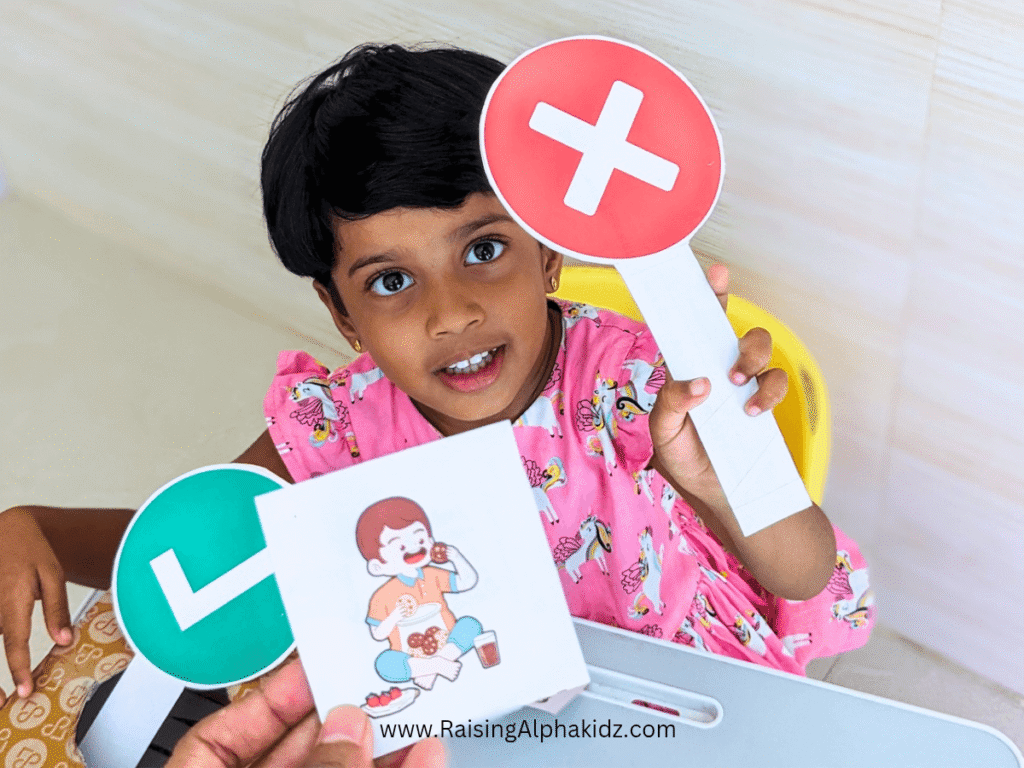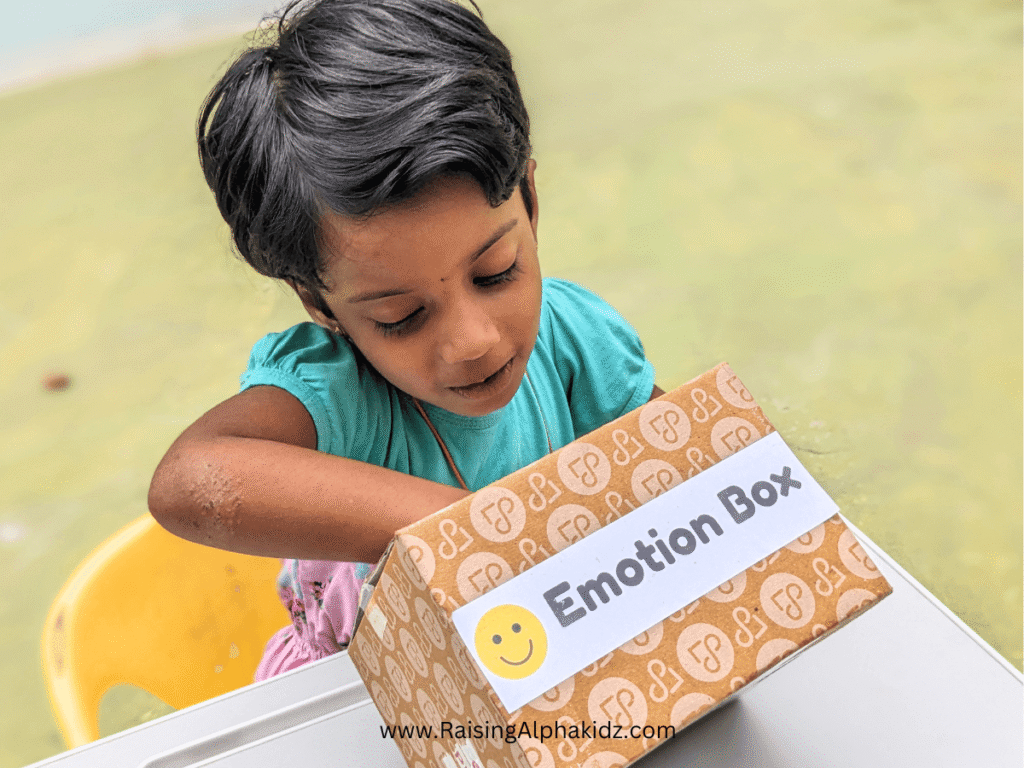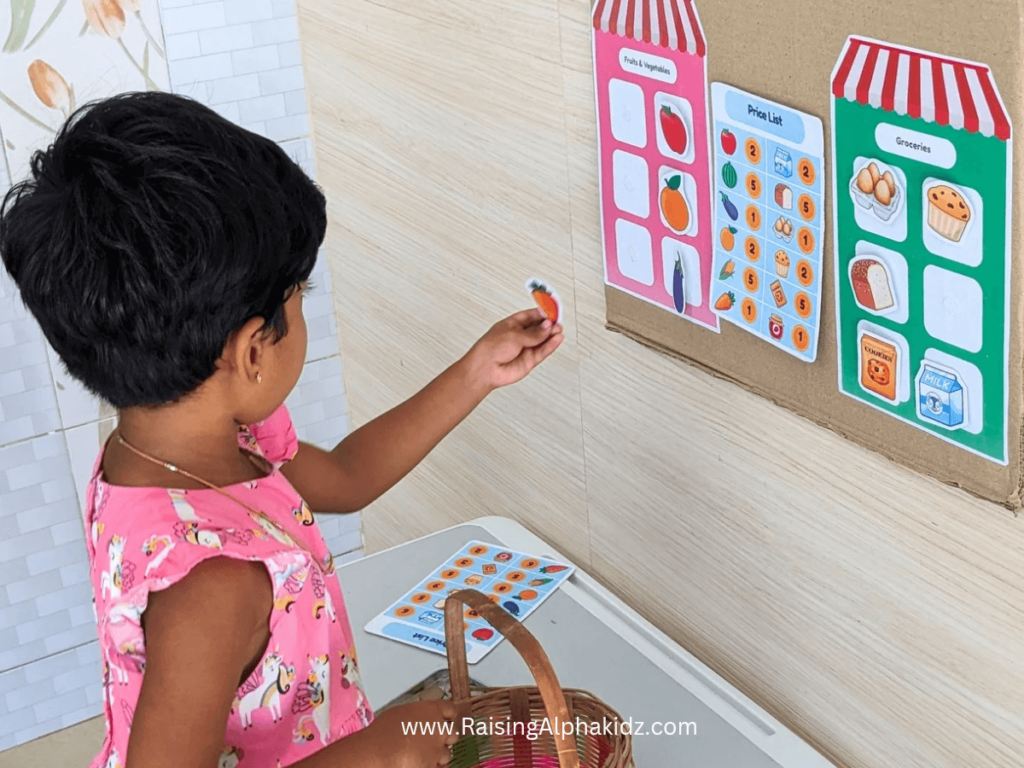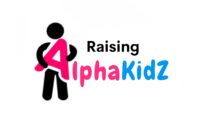Customised Earn-A-Star Reward Chart
As a mom of a four-year-old, I was thrilled when my daughter started school. Every day felt like an adventure to her—brushing teeth, getting dressed, taking her school bag—all first-time experiences filled with excitement.
But as weeks passed, the spark dimmed. Daily routines became mundane. The same little girl who once bounced into the bathroom to brush her teeth now began resisting every part of her day: brushing, bathing, getting ready, doing homework, eating dinner—you name it. Everything felt like a chore, and frankly, it was exhausting for both of us.
I realized something: kids, like adults, need their brains to feel rewarded for repeating behavior.
How Reward Benefits Kids
One concept that completely shifted my approach came from Atomic Habits by James Clear:
“The cardinal rule of behavior change: What is immediately rewarded is repeated. What is immediately punished is avoided.”
This made total sense! When something is immediately satisfying, our brain wants to do it again.
Verbal praise and hugs worked for a day or two—but they quickly felt repetitive and artificial. I didn’t want to keep dishing out over-the-top praise all day long for routine tasks.
That’s when it hit me—I needed a visual, tangible, and satisfying reward system that made my child feel proud without exhausting me.
How to Make Customisable the Earn-A-Star Reward Chart for Kids
To bring the habit loop alive for my daughter, I created something simple but powerful: a “Routine Mission Board” with stars—our very own “Earn-A-Star” reward star chart.
Here’s How I Made It:
I took a cardboard sheet and drew a 7×9 grid—7 rows for each day of the week, and 9 columns for habits.

Then, I stick labels in the top of rows and columns.

I wrote days of the week on the rows (Monday to Sunday).

Then I listed 4 important daily tasks in the columns: BRUSH (Brushing Teeth), BATH(Taking Bath), EAT( Eating Veggies), STUDY ( Doing Homework).
These were the areas where she threw tantrums most often.
I kept the number of tasks low (just 4), because at age 4, too many tasks can be overwhelming and backfire.
Tip: Start small—James Clear recommends breaking tasks into tiny, manageable chunks to reduce resistance.

I cut out stars from cardstock and sketch it into yellow shade to resemble golden star.

Then, I fixed Velcro loop dots on the back of each stars.

I attached the “hook” side to the grid board to fix the stars on the board.

The chart was placed right in her play area, making it obvious and attractive, another great habit cue from the book:
“Whenever you want to change your behavior, ask: How can I make it obvious, attractive, easy, and satisfying?”
So that’s exactly what I did:
- Obvious – The chart is always in her sight.
- Attractive – Bright yellow stars.
- Easy – Only 4 mini tasks.
- Satisfying – Weekly ice cream treat!

Teaching Delayed Gratification with Star Reward Chart
This activity also introduces the concept of delayed gratification, which is one of the most important life skills we can teach our kids.
What is Delayed Gratification?
Delayed gratification means waiting for a bigger or better reward instead of getting something small right away. It’s the ability to be patient and work toward a goal, even if the reward comes later.
How the Earn-A-Star Reward Chart Teaches Delayed Gratification:
In the Earn-A-Star Reward Chart, kids earn a star each time they complete a daily habit or routine task — like brushing their teeth, doing homework, or getting ready without fuss. But instead of getting a treat every time they do one task. They wait until the end of the week to receive a bigger reward (like a homemade ice cream, a fun outing, or a special activity).
After all, in today’s fast-paced, screen-filled world, kids are wired for instant gratification. But long-term success in life often depends on learning to wait and work toward a goal.

So I told her:
“If you collect stars for a full week and don’t miss more than one task, you’ll earn a homemade ice cream on Sunday!”
Her eyes lit up.
The next day, she ran to me after brushing, grinning:
“See my teeth? Can I get my star now?”

She was proud. I was thrilled. It wasn’t just about brushing teeth—it was about owning her effort.
Example in Action:
- Instant Gratification would be:
“I brushed my teeth, now I want candy!” - Delayed Gratification in this activity:
“I brushed my teeth every day this week, now I get to choose a weekend reward!”

Why the “Earn-A-Star” Chart Works
This simple behavior reward chart is now part of our everyday routine. Here’s why it works:
- Patience
- Self-control
- Goal-setting
- Confidence
QUEST BOX
QUEST BOX📦
If you want your child to tidy up their toys daily, what would you choose to do?
Your message has been sent
Scroll down to see the psychology behind each choice.
Do reward charts work for kids?
Yes, if used correctly. When rewards are meaningful and habits are manageable, kids feel empowered and motivated. The chart acts as a positive feedback loop, making good behavior repeatable.
What to use instead of Star reward charts?
You can use:
- Routine cards or checklists
- Story-based motivation
- Habit jars (drop beads for completed tasks)
- Verbal acknowledgment + visual tracking (like sticker journals)
Name the three types of rewards
- Intrinsic rewards – Pride, joy, satisfaction
- Extrinsic rewards – Stickers, treats, toys
- Social rewards – Praise, hugs, high-fives
What are good rewards for kids?
- Stickers or stars
- Extra playtime
- Choice of bedtime story
- Simple homemade treats
- Weekend outings or park visits
What are the three rules for rewards?
- Be Immediate – Reward the star right after the behavior
- Be Specific – Clearly connect the reward to the action
- Be Consistent – Keep the structure predictable and fair
Parenting is an evolving journey, and sometimes, we just need to turn the mundane into magical. This Earn-A-Star reward chart didn’t just help my daughter brush her teeth—it helped her take ownership of her actions.
If you’re a parent feeling stuck with daily tantrums and boring routines, try this simple chart.
It might just turn your mornings into mission time
Let Us Know
Your message has been sent
Like our kid—moms too deserve an Earn-A-Star reward chart. I think custom mommy reward chart could be a fun and motivating for us to celebrate those everyday wins we often overlook.
Sounds like a great idea, right?
Do you feel the same? Share your thoughts in the comments!
More Value-Based Activities To Try Out




Know More: Value Education Activities Archive
QUEST UNBOX
A) Fixed Routine Approach (Behavioral Conditioning)
This method uses classical conditioning and builds habits through consistent environmental cues. The child associates “after dinner” with clean-up time. However, it requires long-term consistency from parents to work, and children may resist if they don’t feel ownership.
B) Tiny Habits Approach (Atomic Habits / BJ Fogg Method)
This leverages micro-habits and habit stacking. By making the task so small (one toy) and linking it to playtime, the child builds self-initiated habits with minimal resistance. Over time, this often leads to intrinsic motivation and effortless routine.
C) Reward-Based System (Operant Conditioning)
Based on positive reinforcement psychology, offering a reward (like a sticker or star) motivates children externally. It works well in the initiating a habit, but if not carried out forever, as it cannot be not transitioned into intrinsic motivation, the habit might fade when rewards stop.
Conclusion
There’s no universal “best” — each approach has its place.
- If you want routine through environment cues, go with A.
- If you believe in small steps leading to lasting habits, choose B.
- If you’re starting with external rewards to build momentum, C works — but remember to reduce the rewards gradually.

